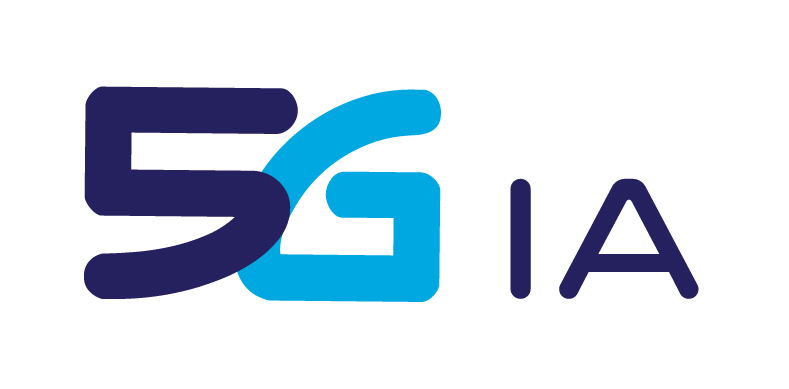

- About us
- Getting Involved
- Plans & Papers
- Events
- European 5G Activities
- Media & News
- Contact
P4 – Proposal Ideas
| Name of the proposal | SEQUOYA – Versatile low cost radio for ubiquitous and seamless access | ||
| Proposer | Thales Communications & Security | ||
| Strand addressed | Strand 1 | Pre-structuring Model Topic | P4 |
| Scope of the proposal | The project overall objective is to achieve versatile low cost radio infrastructure to provide ubiquitous and seamless access for all European households. To this end the development of hardware component and system is targeted on two distinct radio bands to address complete coverage, i.e. on the one hand Q-band smart backhaul radio network to allow high density multi-cell operation with high data rate capacity, reduced opex and easier integration; and on the other hand Ka-Band satellite link to provide seamless access on remote moving platforms.
To fulfil those objectives, the project is focusing on the design, development, characterisation and integration of different key technologies, namely low-profile and affordable steerable antennas and efficient radio module. A small-scale field demonstration, including the hybrid combination of terrestrial backhaul network and satellite accesses from a ground moving platform will demonstrate the capability of the full system to operate under realistic and lifelike conditions. In Q-band, antenna Research & Innovation work will include, the development of multi-beam meta-material lens antenna allowing for point-to-multipoint communication including smart and dynamical load balancing in the 40,5 to 43,5 GHz band. In Ka-band, antenna investigation will be focused on the development of compact and affordable steerable solution in order to track-on geostationary satellite from a moving platform (train, boat, truck, airplane …) and track-on new MEO or future LEO satellite from a fixed or moving platform, both in the dual 20 and 30 GHz bands. Additionally, innovative radio modules development in both bands will include multi-source radio front-end development, mono-chip transceiver for Q-band and dual-Ka-band applications. The main objective is to develop the technologies and components described above to a TRL 5 so that it can be picked up by industry on short call to provide seamless access continuum through hybrid combination of ground and satellite access. The developed key technologies will facilitate radio resource integration, enhance the network coverage, lower its energy consumption, improve compactness, reduce manufacturing costs and Opex and improve its resilience.
|
||





